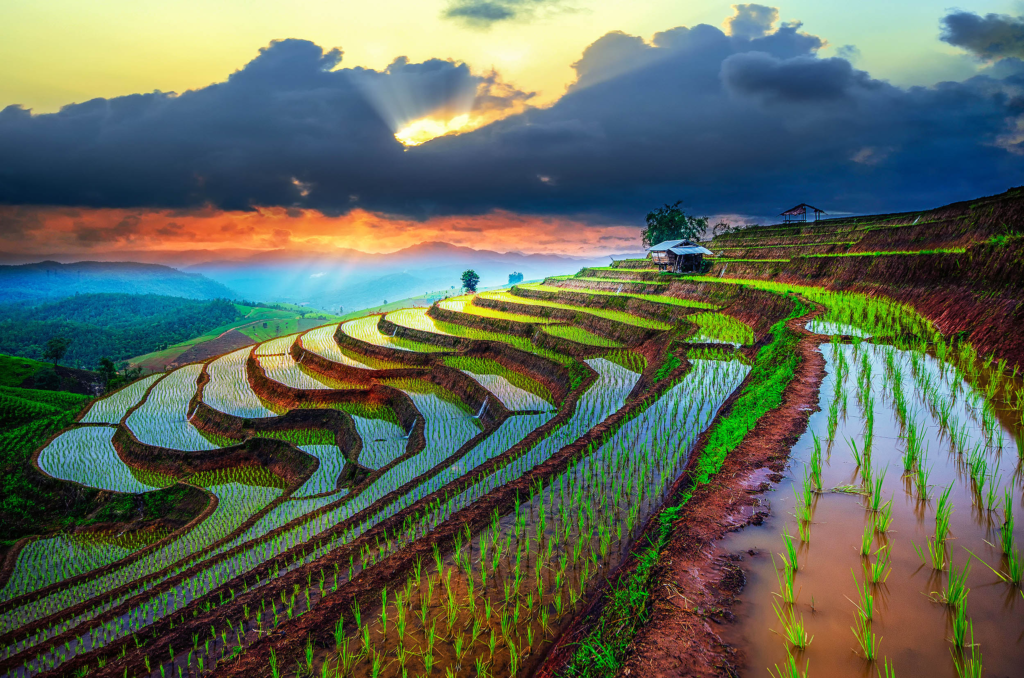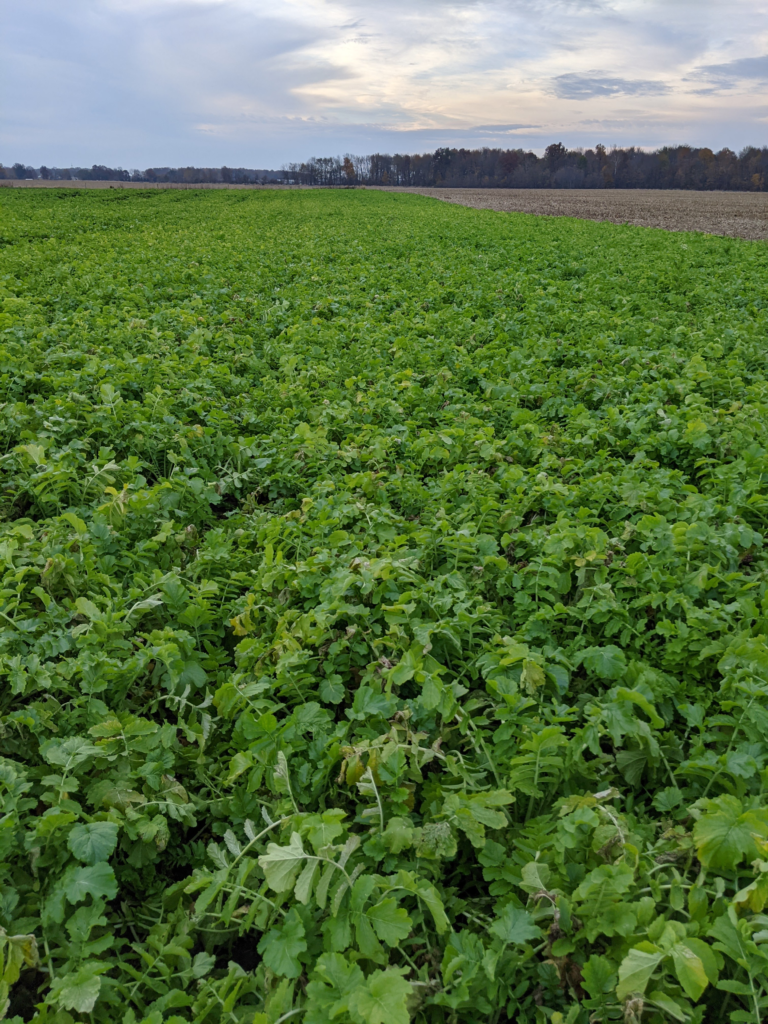Soil Conservation
soil conservation by Delta publications
Key Notes:
What is Soil Conservation?
- Soil conservation involves practices to protect and preserve the soil from erosion, degradation, and loss.
Why is Soil Important?
- Soil is crucial for growing plants, which provide food, oxygen, and shelter.
- Healthy soil supports ecosystems and helps filter water.
Common Soil Problems:
- Erosion: Removal of topsoil by wind or water.

- Degradation: Loss of soil quality due to overuse or pollution.

- Compaction: Soil becomes too hard for roots to grow.

Methods of Soil Conservation:
- Planting Trees and Vegetation: Roots help hold the soil in place and reduce erosion.

- Terracing: Building steps on slopes to slow down water flow and prevent erosion.

- Cover Crops: Planting crops that cover the soil to protect it from wind and rain.

- Contour Plowing: Plowing along the contour of the land to reduce water runoff.

- Building Check Dams: Small barriers to slow down and capture water.

Benefits of Soil Conservation:
- Reduces soil erosion and helps maintain fertile land.
- Prevents water pollution by keeping soil in place.
- Supports healthy plant growth and increases agricultural productivity.
How Can We Help?
- Avoiding activities that harm the soil, like excessive tilling.
- Participating in community tree-planting projects.
- Learning and spreading awareness about the importance of soil conservation.
Let’s practice!

